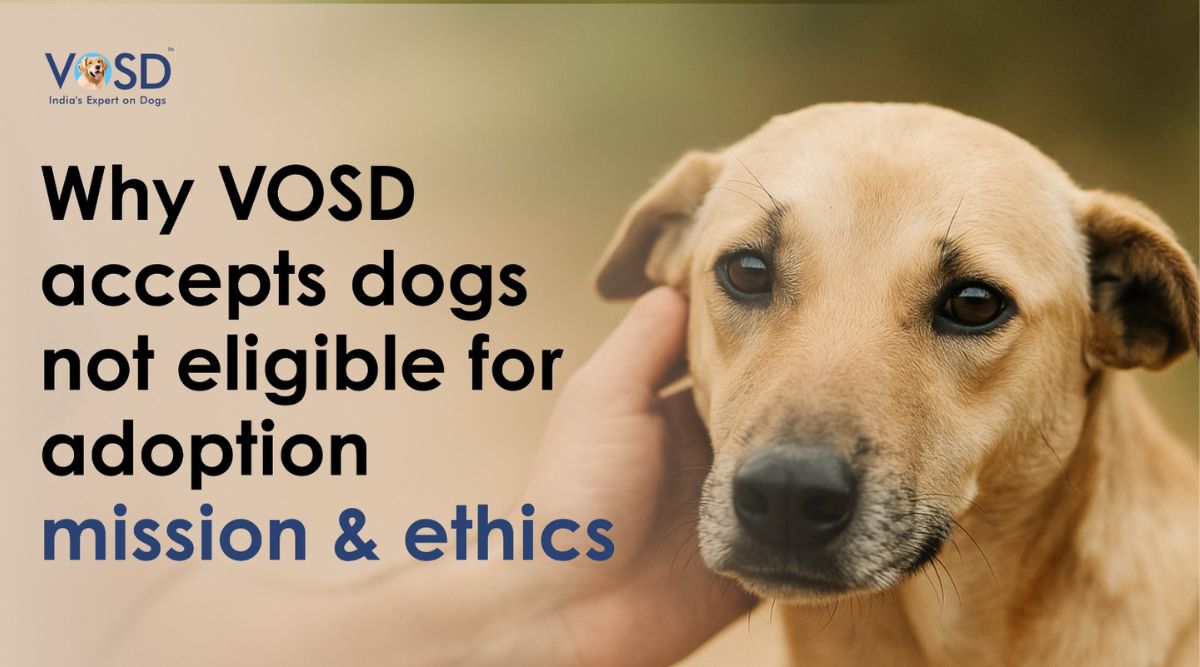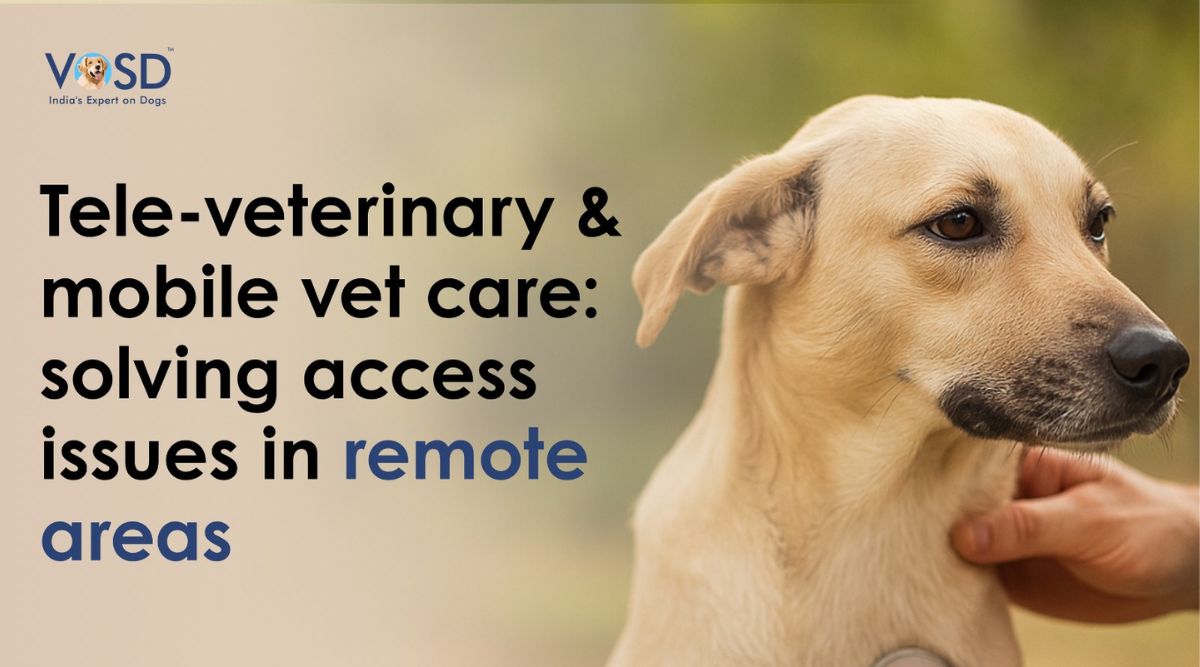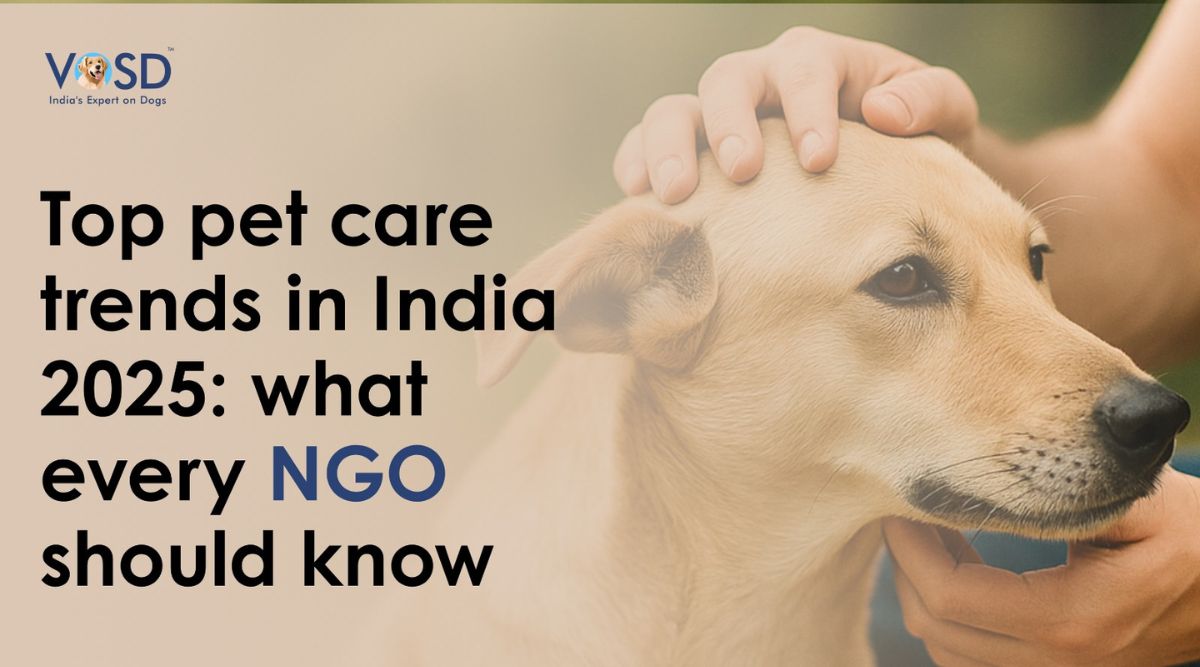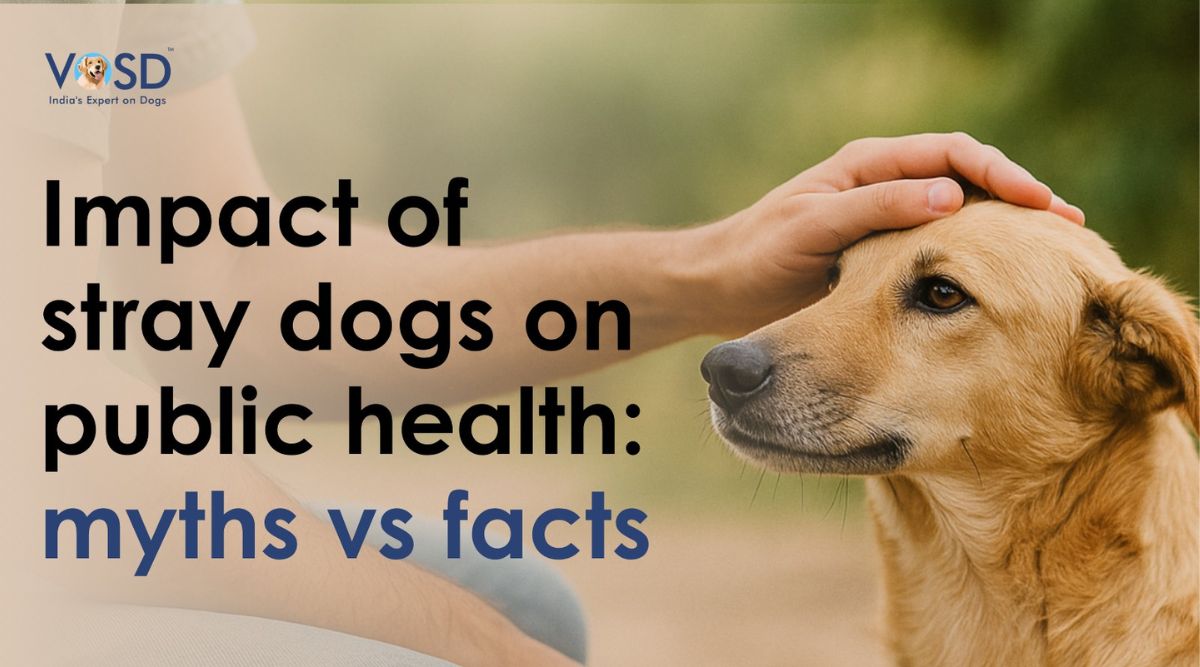What is E. Coli and why does it feature as a medical problem you should be paying attention to? Read more below.
What is the mysterious bacteria known as E. coli? Well, it exists in most mammals. All dogs have E. coli in their lower intestine. It is completely fine to have this too. The problem occurs when the concentration goes up, causing infection.
What is E. coli?
Short for “Escherichia coli” (Escher + Ichia), this is a bacteria that is common in all mammals. It exists happily in the lower intestine unless there is irritation or infection. If the concentration of Escherichia coli goes up, it can cause a disease known as colibacillosis. Bacillosis is used to refer to rod-shaped bacteria called bacilli getting infected. Add ‘coli’ in there, and it becomes quite straightforward.
All dogs are liable to suffering from colibacillosis or E. coli infection, but the biggest recipients of this are puppies. Learn how to identify the symptoms so that your little puppy doesn’t have to needlessly suffer from potential blood poisoning thanks to untreated colibacillosis.
What are the symptoms of E. coli in dogs?
Symptoms of E.coli occur 3-4 days after the infection begins.
Following are symptoms you should look out for when trying to diagnose E. coli. If you notice these, it is important to take your dog to the veterinarian immediately for a check up.
Coldness – this is a symptom usually found in young puppies.
Diarrhea – like coldness, runny stools is more common among the young and the helpless.
Vomiting – Dogs with E. coli infection are likely to try and reject the infection by vomiting out their food or bile.
Lack of appetite – The irritation and infection affects the appetite of all dogs suffering from colibacillosis.
Depression – Your dog will be sad and listless if it’s in pain or feeling weak.
Low body temperature – The body isn’t producing heat and energy as it is trying to fight off the infection.
Bluish gums/nostrils/anus/lips/ears – There is less processing of red blood cells to produce oxygen during this time. Consider the bluishness of these parts to be a big symptom of E. coli infection.
Other infections – Dogs are likely to suffer from auxiliary infections when they are older. E. coli could lead to kidney, liver, and bladder infections.
What are the causes of E. coli infection or colibacillosis in dogs?
As mentioned above, puppies are much more susceptible to E. coli infection than older dogs. This is because they may not have the antibodies required to fight off the infection, rendering them weak and helpless. However, there are many other causes that can become problematic if left unattended.
Contact and spread – If places used by infected animals are not kept clean, it can lead to E. coli spreading to other dogs. Keeping surroundings clean is extremely important to prevent not just the spread of this infection, but other contagious diseases like the parvovirus. If you want to read about the parvovirus, find it here.
From infected mother to child – Mothers who are unhealthy and suffer from E. coli infection can easily spread it to their puppy. The breast milk that they give to their offspring contains enough of this bacteria to create an imbalance in the puppy’s lower intestine.
Not enough breastfeeding – Breast milk that mammals give to their offspring after lactation is full of essential nutrients, enzymes, and all of the other magical stuff that make a growing baby healthy. If a mother is not present to provide this to her puppy, then the puppy won’t make enough antibodies to fight off infection, thus keeping the door wide open to colibacillosis and countless other problems.
Diagnosing E. coli infection in dogs
It can take a little longer than other tests to figure out if your dog has this infection or not. The bacteria from urine tests or blood tests will have to be “cultured” in a lab to see if they are present in the body of your pet. Otherwise, it might be easier to identify the infection or presence of it in the body by the kind of dog – older dogs, very young dogs, and immuno-compromised dogs are the most liable to suffering from this infection.
Treating E. coli in dogs
Sadly, there isn’t proper treatment out there right now to help a dog from E. coli infection. All you can do is take good care to prevent such a thing from happening in the first place. Keeping your surroundings clean, and making sure food bowls and water bowls are sanitary are of great importance. Never give your pet water that you wouldn’t drink yourself. And make sure that the food you give your dog is properly cooked and washed.
Make sure to observe your dog when you go on daily walks – don’t let it wander around near puddles or lick things you might deem unhygienic. Train your dog to listen to your commands so you don’t have to forcibly and physically stop it from doing these things.
If you have a young puppy in the house, make sure it gets all its shots in time and is not immuno-compromised. You might find it hard to know a puppy’s family medical history, but by coordinating with the veterinarian, you can take appropriate steps to find out as much as you can about what your dog is likely to get from its current health condition. Try and provide the nutrients and vitamins it would not have received from its mother during lactation.
The information contained in VOSD Vet Advice™ is not intended nor implied to be a substitute for professional medical action which is provided by your vet. You assume full responsibility for how you choose to use this information. For any emergency situation related to a dog’s health, please visit the nearest veterinary clinic.








